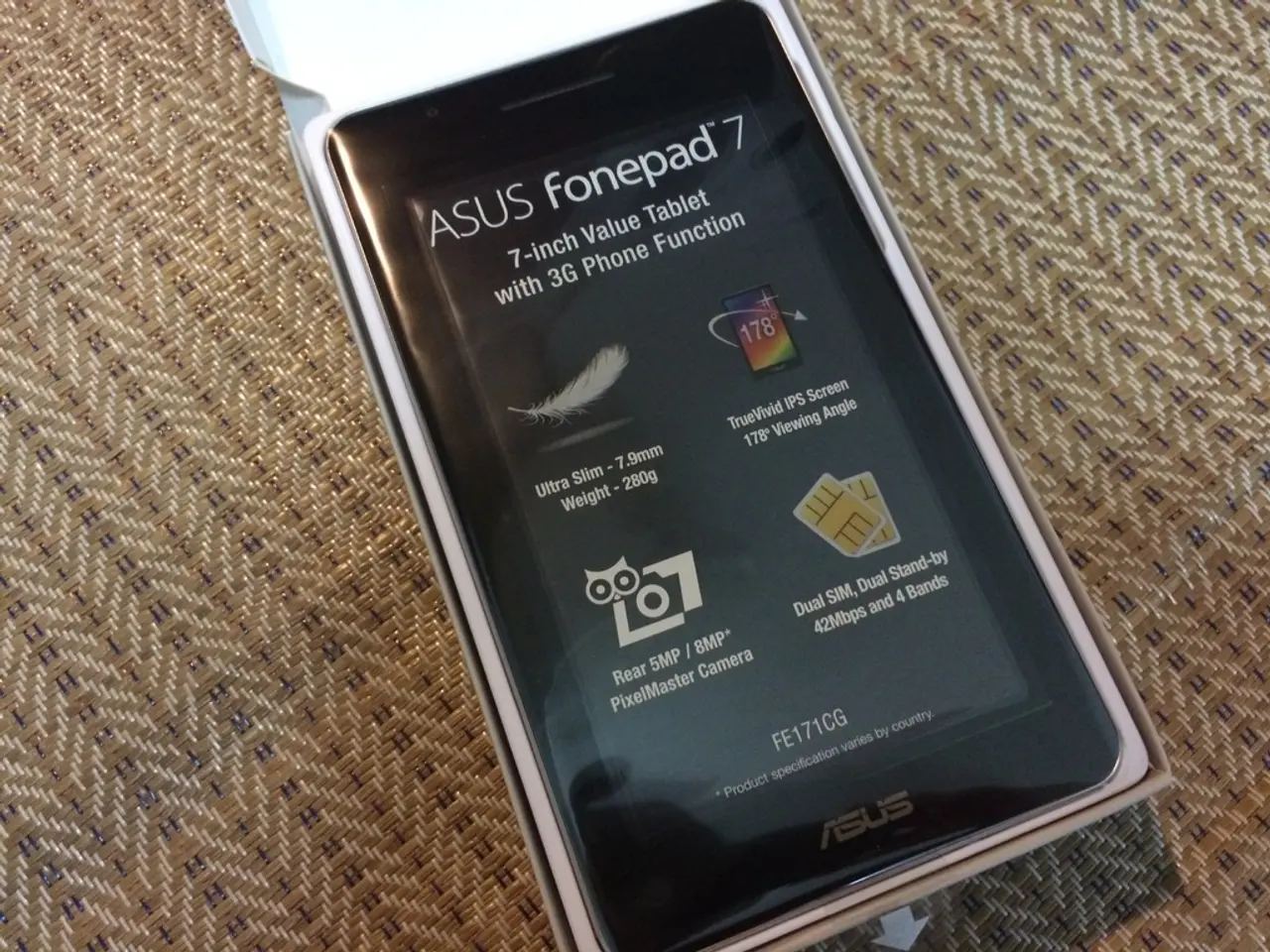Manage Network Changes Effortlessly. No Human Intervention Required. Seamless Network Administration.
The telecom landscape is undergoing a significant transformation with the introduction of the GSMA SGP.32 IoT eSIM standard. This groundbreaking standard, detailed in Giesecke+Devrient's (G+D) new handbook, is designed to simplify IoT connectivity management across multiple networks and regions.
SGP.32 enables zero-touch, frictionless global connectivity with a single device SKU, eliminating the complexity of managing multiple SIM profiles and overcoming limitations of legacy standards like SGP.02. This standard offers numerous benefits, including enabling seamless global deployments, streamlining remote management, and facilitating scalable use cases across various industries such as automotive, healthcare, smart metering, and industrial IoT.
One of the key advantages of SGP.32 is its ability to allow IoT devices to have truly flexible and future-proof connectivity. The need to physically swap SIM cards when changing connectivity providers is eliminated, significantly reducing operational overhead and costs. Unlike earlier eSIM standards that required complex server-side integration, SGP.32 enables remote SIM provisioning without extensive backend infrastructure, lowering adoption barriers especially for small and mid-sized OEMs.
Moreover, SGP.32 supports intelligent profile switching within the eSIM to maintain resilient connectivity by automatically connecting devices to the strongest available network in cases of outages or congestion. This feature is crucial for mission-critical and geographically dispersed IoT applications. The standard also ensures enhanced security and scalability, with certified solutions like Thales’ eSIM passing GSMA’s highest security requirements.
In summary, the GSMA SGP.32 standard simplifies deployment by making IoT devices universally deployable with one SKU, reduces complexity and costs through remote, zero-touch provisioning, and increases operational efficiency with flexible, secure, and resilient connectivity management across global networks. Giesecke+Devrient's new handbook provides a comprehensive exploration of how SGP.32 can simplify IoT connectivity management, particularly for industries such as automotive, healthcare, smart metering, and industrial IoT. Adopting SGP.32 can dramatically simplify IoT deployments, making it a game-changer in the world of IoT connectivity.
[1] Giesecke+Devrient. (2021). GSMA SGP.32 IoT eSIM standard: Simplifying IoT connectivity. Retrieved from https://www.gi-de.com/en/news-and-events/news/gsma-sgp-32-iot-esim-standard-simplifying-iot-connectivity [2] GSMA. (2021). GSMA SGP.32: IoT eSIM. Retrieved from https://www.gsma.com/mobileconnect/iot/gsg-32/ [3] Thales. (2021). Thales’ eSIM passes GSMA’s highest security requirements for IoT. Retrieved from https://www.thalesgroup.com/en/worldwide/press-releases/thales-esim-passes-gsmas-highest-security-requirements-for-iot [4] GSMA. (2019). GSMA SGP.32: Simplifying IoT connectivity. Retrieved from https://www.gsma.com/mobileconnect/iot/gsg-32/
Data-and-cloud-computing technologies are crucial in streamlining remote management and ensuring scalable use cases with the GSMA SGP.32 IoT eSIM standard, as they enable service providers to easily manage cloud-based SIM profiles and connectivity services for IoT devices.
The implementation of the GSMA SGP.32 standard, facilitated by technology, not only simplifies IoT connectivity management but also democratizes its adoption by reducing the need for extensive backend infrastructure, making it accessible to small and mid-sized OEMs.




